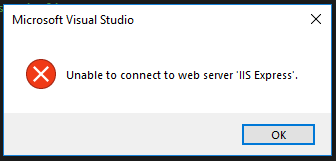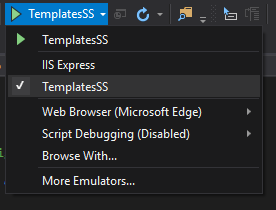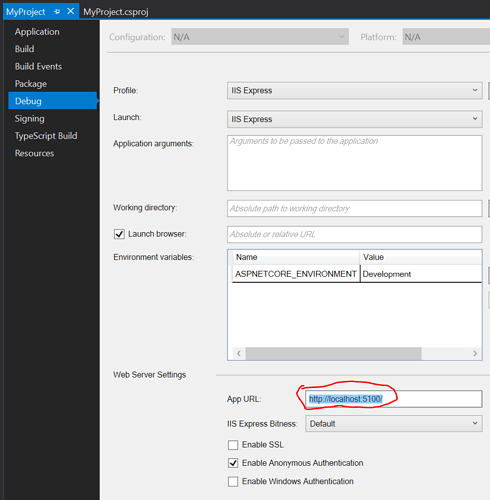We’re evaluating ServiceStack Templates and have some questions that we didn’t seem to find in the docs or we missed them.
The templates indicated on http://templates.servicestack.net/docs/ seem to always have the title as static. Is this able to be dynamic? Example: ALFKI should show the actual company name in title and not the generic ‘Company Title’
<!--
title: static title
-->
Can we push any custom attribute (e.g. most html meta/head tags) up to the layout from the template?
e.g.
<meta name="keywords" content="HTML, CSS, XML, XHTML, JavaScript">
We need the ability to greatly control SEO and structured data tags.
We didn’t notice a sample app with Templates as Model View Controller. Did we miss it? Looking for a Northwind type sample.
Can we have templates that are loaded via a database instead of physical files? Can template partials?
Is it possible with templates to do A/B testing with a whole page or with template partials? We’re concerned that maybe the caching would interfere. Understandably we’d probably have to code for the scenario.
Since templates can have SQL, is there a way to prevent a user from using SQL or other security controlled values in a template? Say we allow templates to be created by a client, we wouldn’t want them to have access to anything, but what we provide to them. Would it limit our developers if we had these limits in the same web app? The filters looked global in how they were set.
We didn’t see much with Azure Web App Service for deployment of Templates. Is that because there are issues or because there are no issues? We’re looking a regular publish release, not docker/container releases.



